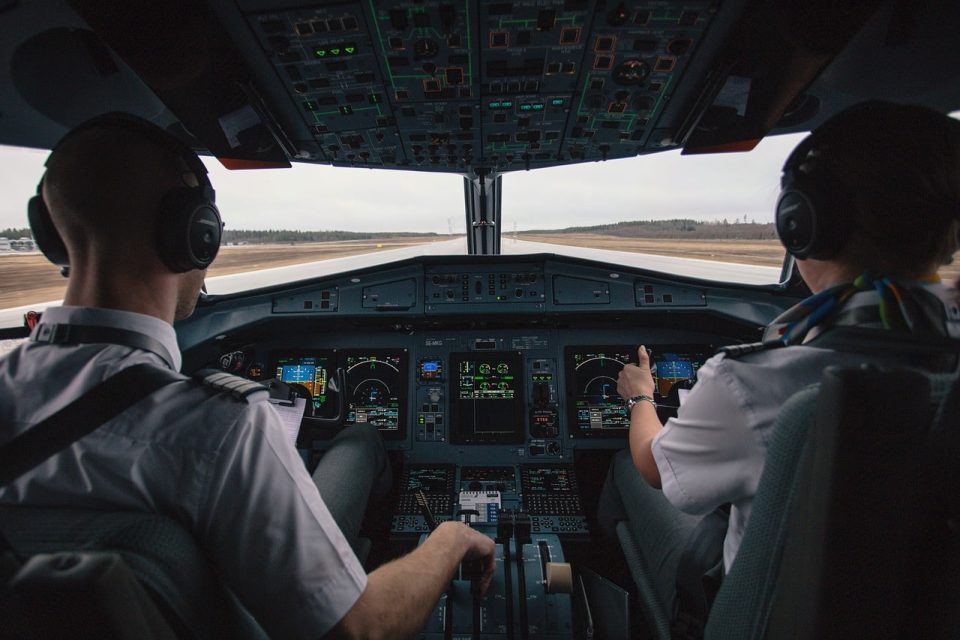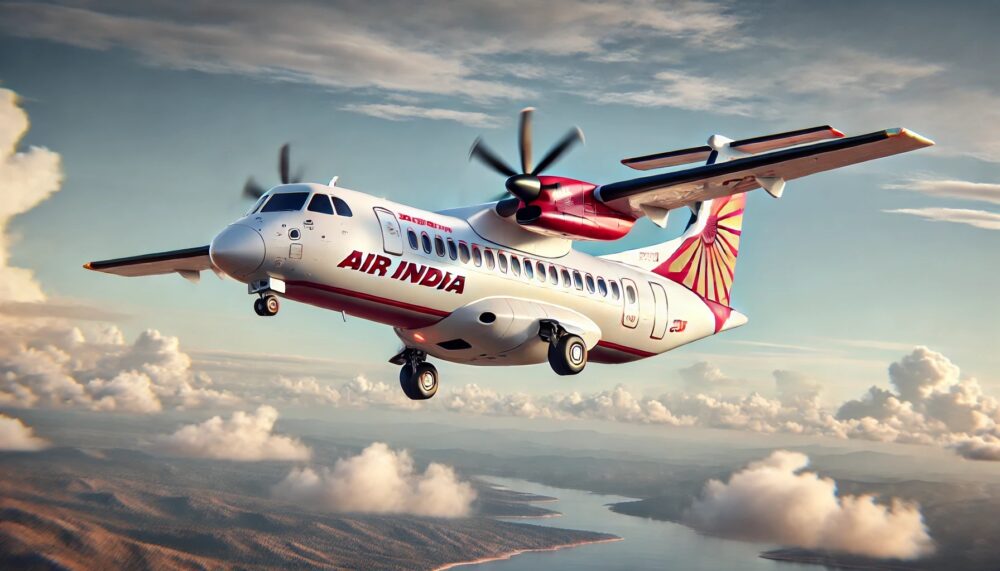Aviation
Panic on Jet2 flight after pilot faints at 30,000 feet
The captain of a Jet2 flight apparently fell unconscious at 30,000 feet

The captain of a Jet2 flight apparently fell unconscious at 30,000 feet, forcing an emergency landing in Greece. According to the Daily Mail, a medical emergency forced the Jet2 flight from the UK to Turkey to make an impromptu stop on August 23, delaying passengers by more than eight hours.
The first sign that something was awry came from the passengers when they spotted a disturbance near the front of the aircraft.
Passengers were reportedly told by crew members that the pilot had fallen unconscious. One traveller described how the news caused panic on the journey to Birmingham Live.
“While we were all sitting, we became aware of activity at the front of the aircraft. The traveller claimed, “We believed someone had harmed themself in the bathroom during turbulence. People were concerned because we had recently experienced turbulence and were unsure of what was going on.
According to them, passengers were informed that they would be arriving in Greece due to a medical emergency, which caused panic and anxiety and caused their flights to be delayed by eight hours.
“Then, passengers became irate since no one gave us updates after we deplaned. The passengers also expressed dissatisfaction with the 15-Euro coupon supplied by Jet2 as compensation for the delay, arguing that it was insufficient to pay for a family of four’s basic lunch. “The crew were fantastic but once in the airport it was mayhem,” the passenger stated.
According to a Jet2 representative, flight LS1239 from Birmingham to Antalya diverted to Thessaloniki Airport on Tuesday, August 23, as a precaution due to one of the pilots feeling unwell.
The official continued, “A replacement crew were flown to Thessaloniki so that we could get customers on their way to Antalya that same evening,” and expressed regret for the inconvenience caused to the travelling public.

Aviation
Air India Might Operate Tata-Made New Airbus C295 Aircraft

Tata Group’s expansion into the aviation sector continues to gain momentum, with Tata Advanced Systems Limited (TIAL) recently inaugurating the final assembly line (FAL) facility for the Airbus C295 transport aircraft.
Currently, Indian airlines are purchasing aircraft from ATR and De Havilland, focusing on shorter regional routes. These are propeller-based aircraft, similar to the C295. If Airbus and TATA go forward with this plan, it could be a major breakthrough for their business collaboration.
This international airline is offering free flight tickets to Indian travelers
If Air India shows interest in operating the C295, it would offer significant advantages. Since its parent group is involved in the aircraft’s production, Air India could benefit from streamlined access to parts and maintenance, leading to cost savings and operational efficiency.
This marks an exciting new chapter, as TIAL is also planning to develop a civilian variant of the C-295, which could potentially be operated by its own airline, Air India. If this vision comes to fruition, Air India might become the first carrier to operate the civilian C-295, marking a significant milestone for both the airline and the country’s aviation landscape.
The C295 can accommodate up to 71 passengers, close to the ATR 72’s capacity of around 78. This aircraft would be especially reliable for airlines, as parts would be readily available due to the assembly plant in India. While the C295 is primarily used for military operations, a commercial version would be a game-changer for the airline industry, providing a win-win situation for both Airbus and TATA. This could also lead to more competitive pricing.
Airbus Final Assembly Line Adapts for A350 Freighter Production
This move is aligned with the growing demand for regional connectivity in India, where smaller, regional airports require more versatile aircraft to meet travel needs. The C-295’s short take-off and landing (STOL) capabilities make it an ideal choice for connecting these regional airports, many of which have shorter runways that are not suited to larger commercial jets.
By introducing turboprop aircraft into its fleet, Air India could fill an important gap in the market, providing crucial connectivity to underserved destinations.
The potential introduction of a civilian version of the C-295 offers several benefits. First, it could significantly reduce operating costs for Air India, especially with domestic production. Having an aircraft manufactured within the country would allow for more affordable maintenance, support, and easier fleet expansion.
Three Major UK Airports Up for Multi-Billion Pound Sale
Furthermore, this move would complement the Make in India initiative, reinforcing the government’s vision to boost the country’s domestic manufacturing sector, particularly in the aerospace industry.
Additionally, the C-295’s versatility in both passenger and cargo configurations would make it an attractive choice for mixed-traffic regional routes. The fuel efficiency of turboprop aircraft over shorter distances also aligns with the need for cost-effective operations on regional routes, where airlines face increasing competition.
If Tata’s ambitious plans for a civilian C-295 materialize, it would not only strengthen the Tata Group’s position as a key player in both the military and civilian aviation sectors but also contribute to India’s rise as a competitive force in the global aerospace market.
For Air India, this shift towards operating a domestically manufactured aircraft would further underline its commitment to the country’s aviation future.
-

 Aviation2 months ago
Aviation2 months agoMicrosoft Flight Simulator Raises $3 Million to Bring Back the An-225 Mriya
-

 Airlines2 months ago
Airlines2 months agoQatar Citizens Can Travel to the United States Without a Visa
-

 Aviation2 months ago
Aviation2 months agoQatar Airways bans these new Electronic Devices on plane
-

 Defence2 months ago
Defence2 months agoWhich Country Has the Largest Fleet of Fighter Aircraft?
-

 Airlines5 days ago
Airlines5 days agoDAMAC Air: Dubai’s New Luxury Airline Offers Free Flights for Registration
-

 Airport2 months ago
Airport2 months agoWestern Sydney Airport Welcomes Its First Plane After 6 Years of construction
-

 Airlines4 days ago
Airlines4 days agoAir India to Launch aircraft maintenance training institute in Bengaluru
-

 Aviation2 months ago
Aviation2 months agoDid you know ? Once Boeing 747 carried 1088 passenger in 1991








